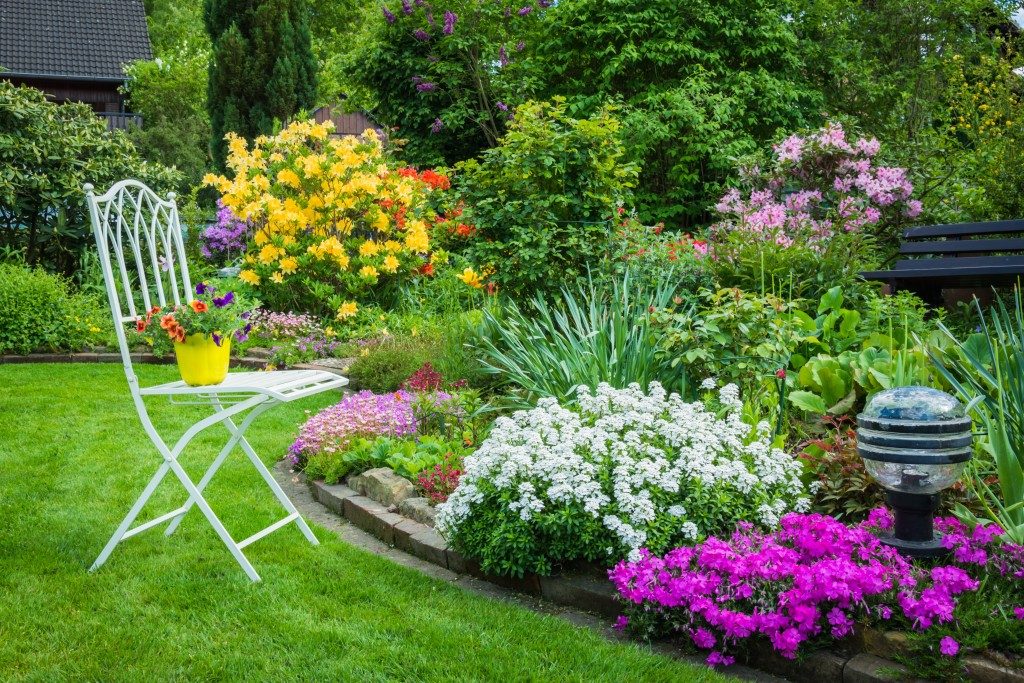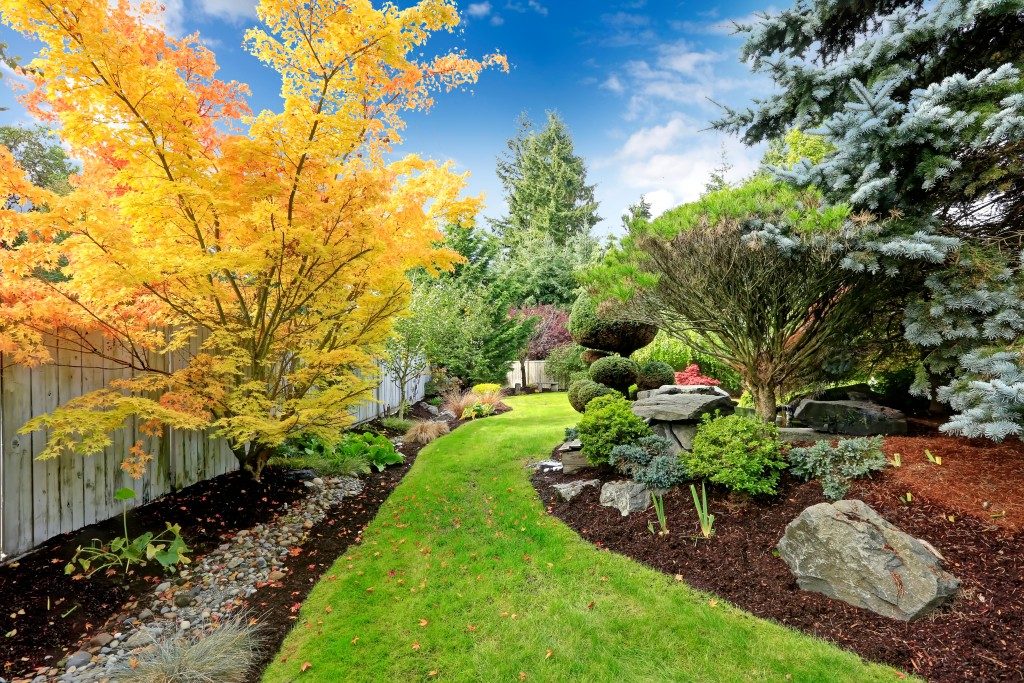You have probably heard it a lot of times, but curb appeal truly does matter regardless of the type of property you own. It is what people first see, so making a good impression is necessary. This is especially true if you are in retail (or in any type of business), is planning to sell your home soon, or if you simply want to impress everybody — your neighbors, your relatives, or any passersby.
Beyond the play of colors and mix of different plant species, there is a rule in design that could make your outdoor space more visually appealing: the rule of three. It is the simple guideline professional landscapers use to almost any aesthetic element. If you want to design like a pro, this is one of those things you should not neglect. Here are the things you need to know about the rule of three:
It is more accurately the “rule of oddity”
The rule of three means grouping different elements in three — or more accurately, arranging details like color palettes and plant species in odd numbers. According to experts, odd numbers are pleasing to the eyes because it looks unforced, compared to elements grouped in even numbers.
In other words, it is more natural. It also satisfies the need for symmetry and repetition, which allows a sense of order. At the same time, there is an element of variance, which further improves aesthetic appeal. Whether it is in picking sunflower varieties or arranging Italian planters, do it in odd numbers.
It is supposed to work in any design element

You can use it in deciding your color palette. It is tempting to fill a space with many hues, but having one of everything would just make your supposed-to-be relaxing space cluttered. It is best to stick to at least three. Most people follow the variation of the rule of three in color palettes, like the 60-30-10 rule.
This means 60% of the space (the greenery) has the dominant color, 30% of the space (the outdoor furniture and the hardscaping elements) will have the secondary color, and then 10% (the blooms) will have the accent color. This can also work in your flooring materials. Most homeowners use the trio of grass, sandstone, and gravel in different parts of their front and backyard.
It is more important in grouping plants
That is because they take up most of the outdoor space, and thus the most noticeable upon first glance. For this, you can do the basic application of the rule of three, which is to place three of the same species near each other. But, you can take your outdoor design further by getting specimen plants, especially those that are often big in size and are visually striking, and surround them with three to five smaller plants. This will further accentuate the specimen plant and make it the focal point of the space.
The rule of three has the potential to transform your outdoor space into a beautiful sanctuary. Apply it in your own home to achieve a better aesthetic appeal.
